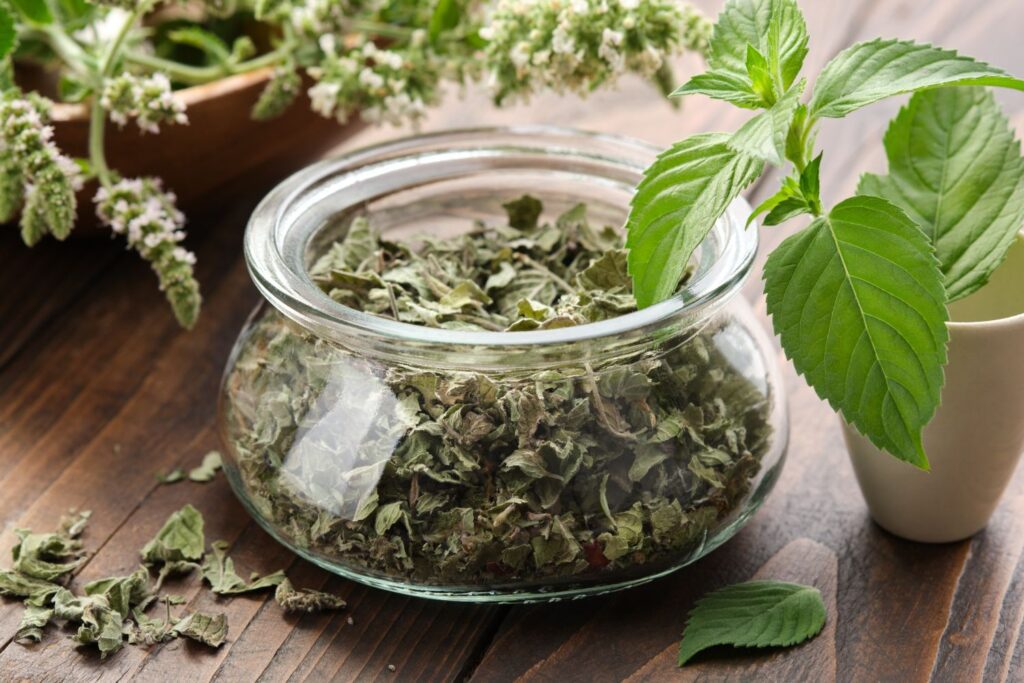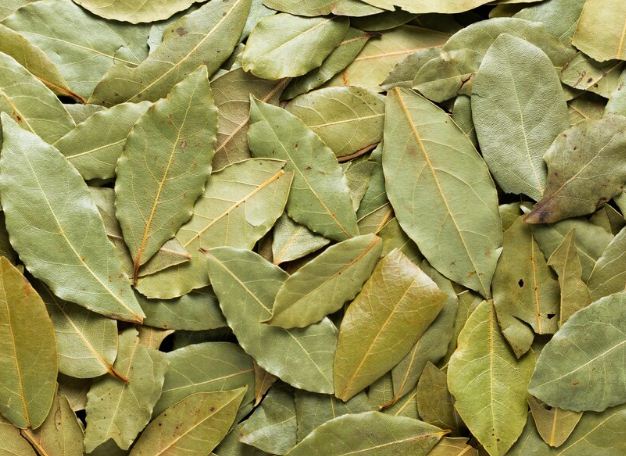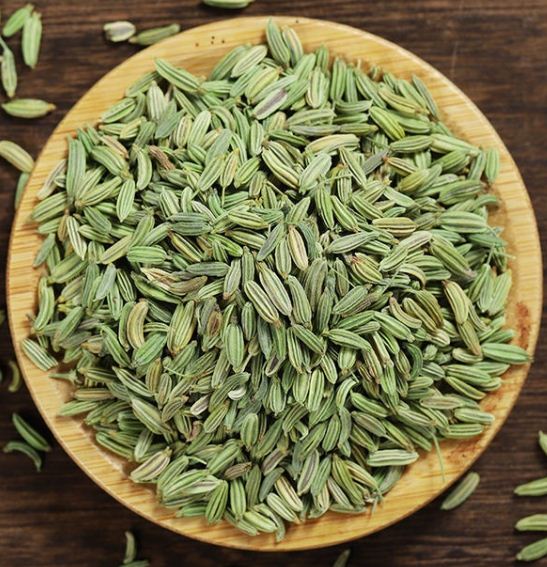


Egyptian chamomile for export to Russia
October 9, 2025


Egyptian fennel for export to Russia
October 15, 2025

Egyptian dried mint is one of the most important herbal products that enjoys increasing demand in global markets, especially in the Russian market, which pays great attention to high-quality natural herbs with multiple uses. Exporting dried mint to Russia is considered a promising field in the Egyptian herbs and spices sector, given the unique characteristics of Egyptian mint, including its pleasant aroma, strong taste, and high content of volatile oils, which give it a distinctive flavor that makes it an essential ingredient in the food, medical, and cosmetic industries. Mint is grown in several areas in Egypt, such as Fayoum, Beni Suef, and Minya, due to the availability of climatic conditions and fertile soil suitable for producing high-quality leaves. The process of exporting dried mint begins with collecting fresh leaves at the stage of full maturity, then drying them naturally or mechanically to preserve their bright green color and strong aroma before packing them in airtight containers to ensure their safety during transport and shipping to Russia. From an export perspective, Egyptian mint shipments must comply with Russian and international specifications in terms of moisture content, which does not exceed 10%, and total ash content, which does not exceed 12%, and that they are The leaves must be clean and free of impurities, dust, or any foreign materials. They must also undergo careful sorting to ensure uniform color and quality. A phytosanitary certificate is one of the most important requirements for a product to enter the Russian market, in addition to a certificate of origin and laboratory tests proving that the product is free of pesticides and heavy metals. As for packaging, it is preferable to use polypropylene bags or tightly sealed cardboard containers lined with moisture-proof materials to maintain product quality during long-distance transportation. Russian dried mint is used in many industries, such as herbal tea production, essential oil production, confectionery, and beverage production. It is also used in the pharmaceutical industry to treat digestive disorders, colds, and headaches. Egypt is one of the largest exporters of dried mint to Russia, thanks to the quality of the product and competitive prices. Therefore, Egyptian exporters are advised to focus on e-marketing and improving the content related to their products through search engines using keywords such as “dried mint export to Russia” and “Egyptian dried mint export to Russia” to enhance their visibility in international search results and attract Russian importers. Those interested in high-quality natural products, which opens up greater opportunities for expanding Egyptian herbal exports to the Russian market.
Links to articles about importing and exporting dried mint to Russia
https://aidigo.ru/encyclopedia/mint/?utm_source=chatgpt.com
https://www.bestherbseg.com/en/dried-mint-for-european-export/
To view the rest of our company’s products, follow the following link




